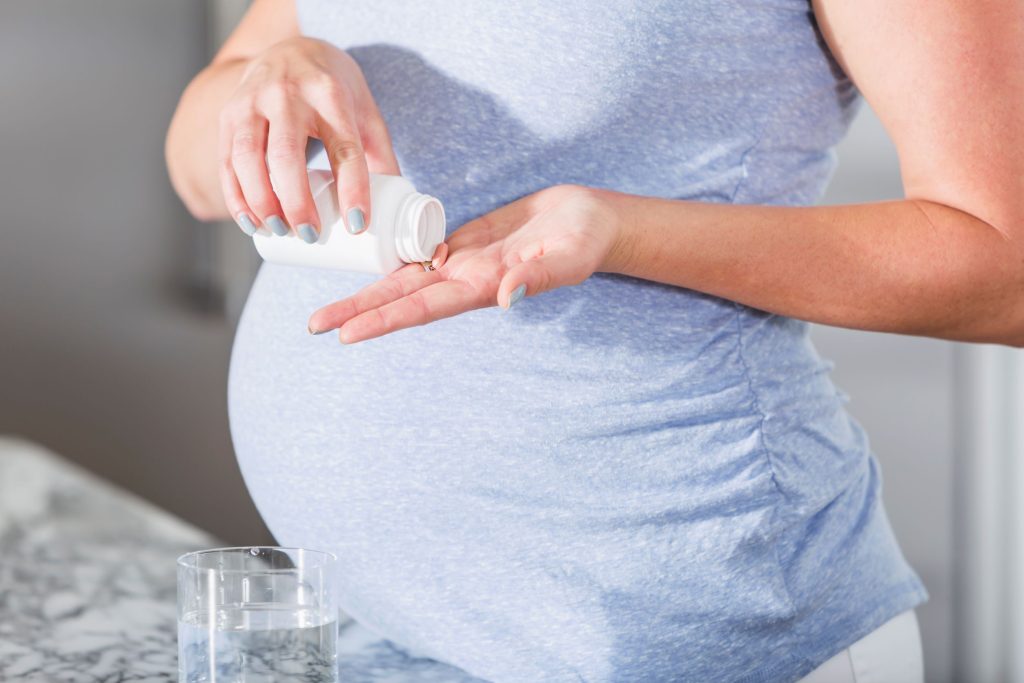
Adding Dependents on a Health Insurance Plan in Michigan: Answers to Common Questions
January 18, 2022
Through the Ups and Downs: Shelby Township Engineering Firm Relies on Michigan Planners Since 1973
February 22, 2022Whoever first came up with the concept of flexible spending accounts is a pure genius. We absolutely love this option!
Being able to save tax money on eligible medical, dental, and some OTC expenses is clearly the greatest benefit, but an FSA can also motivate you to take advantage of health care solutions you might not otherwise. Having the accounts might even help you stay on track with your fitness goals and keep your budget in check.
If you have used them in the past, you are likely well aware of how beneficial they can be. If not, let us help you understand how to make the most of your Flexible Spending Accounts.
How FSAs Work
A flexible spending account is essentially a savings account that you would use to pay for specific types of health-care related purchases, copayments, and procedures. Money can be taken out of your paycheck or deposited into the account throughout the year.
The advantage is that the money is not taxed, allowing you to save a little cash. Some employers may even voluntarily contribute to this account, which makes it even more beneficial.
In the past, account holders would have to pay for eligible expenses out-of-pocket and then submit receipts for reimbursement. Although advantageous, that may have been a bit of a hassle. Today, there’s usually an option to use an FSA card, which is like a debit card you would use to pay for these expenses right then and there.
The account limit is $2,850 per year, per person, per employer. If you have more than one job, you can open an account with each employer. Your spouse can have an FSA as well from his or her employer. You can use your account to pay for your own, your spouse’s, and your dependents’ eligible expenses.
You must use the money during the plan year, or it goes back to your employer. Some employers may allow you to roll some of the money over into the next year, especially due to changes made as a result of COVID-19.

29 Products and Services that Qualify for Flexible Spending Account Benefits
Following are some of the services and products that are qualified expenses under flexible spending accounts.
1. Deductibles and copayments for medical/dental/vision office visits
2. Prescription drugs/prescription drug copayments
3. COVID-19 testing and testing supplies
4. Air purifiers, especially due to the COVID-19 pandemic
5. Over-the-counter medications
6. Menstrual care products
7. Diabetes management, including insulin and insulin-related supplies
8. Walking aids and devices for individuals with disabilities (canes, crutches, walkers, wheelchairs)
9. Home improvements – with proof of medical necessity (wheelchair ramps, elevators, chairlifts)
10. Hearing aids
11. Visual aids (eyeglasses, contact lenses, contact lens solution, eyeglass cleaner)
12. Dental treatment for maintenance and prevention
13. Plastic surgery – with medical necessity (birth defect, disease, traumatic injury)
14. Prenatal care
15. Mental health treatment
16. Substance abuse treatment (detoxification, counseling)
17. First aid/wound care (bandages, gauze, ice packs, splints, braces, antibacterial ointments)
18. Certain pain relief devices (heating pads, massage therapy, foot baths, pain pumps)
19. Foot care (wart remover, shoe inserts)
20. Wigs – with medical necessity
21. Medically necessary surgical procedures and copays
22. Diagnostic testing and imaging (X-rays, MRIs, CT scans, mammograms, echocardiograms)
23. Breathing apparatuses (inhalers, nebulizers)
24. Acne treatment and other medically necessary dermatologic treatments
25. Certain baby-related products (breast pumps, thermometers, baby sunscreen)
26. Certain family planning products and treatments (birth control pills and other contraceptives, pregnancy tests, fertility treatment)
27. Incontinence products
28. Smoking cessation aids (nicotine patches, gum)
29. Physical therapy aids (exercise bands, traction equipment)
Although flexible spending accounts can be used for a wide array of medical needs, following are some of the services and products that are not eligible:
- Cosmetic dentistry
- Plastic surgery for cosmetic purposes
- Products that are solely used as beauty treatments
- Insurance premiums
- Diapers for babies
For more information about flexible spending accounts or any of our services, call to speak with one of our planners or message us though our website. We would love to tell you more about it all!
And In Case You’re Wondering…
The concept of flexible spending accounts first began in the 1970s. (Yes, that long ago!) It was a part of tax reform laws under the Revenue Act of 1978, although it’s been modified in numerous ways and multiple times over the years.

